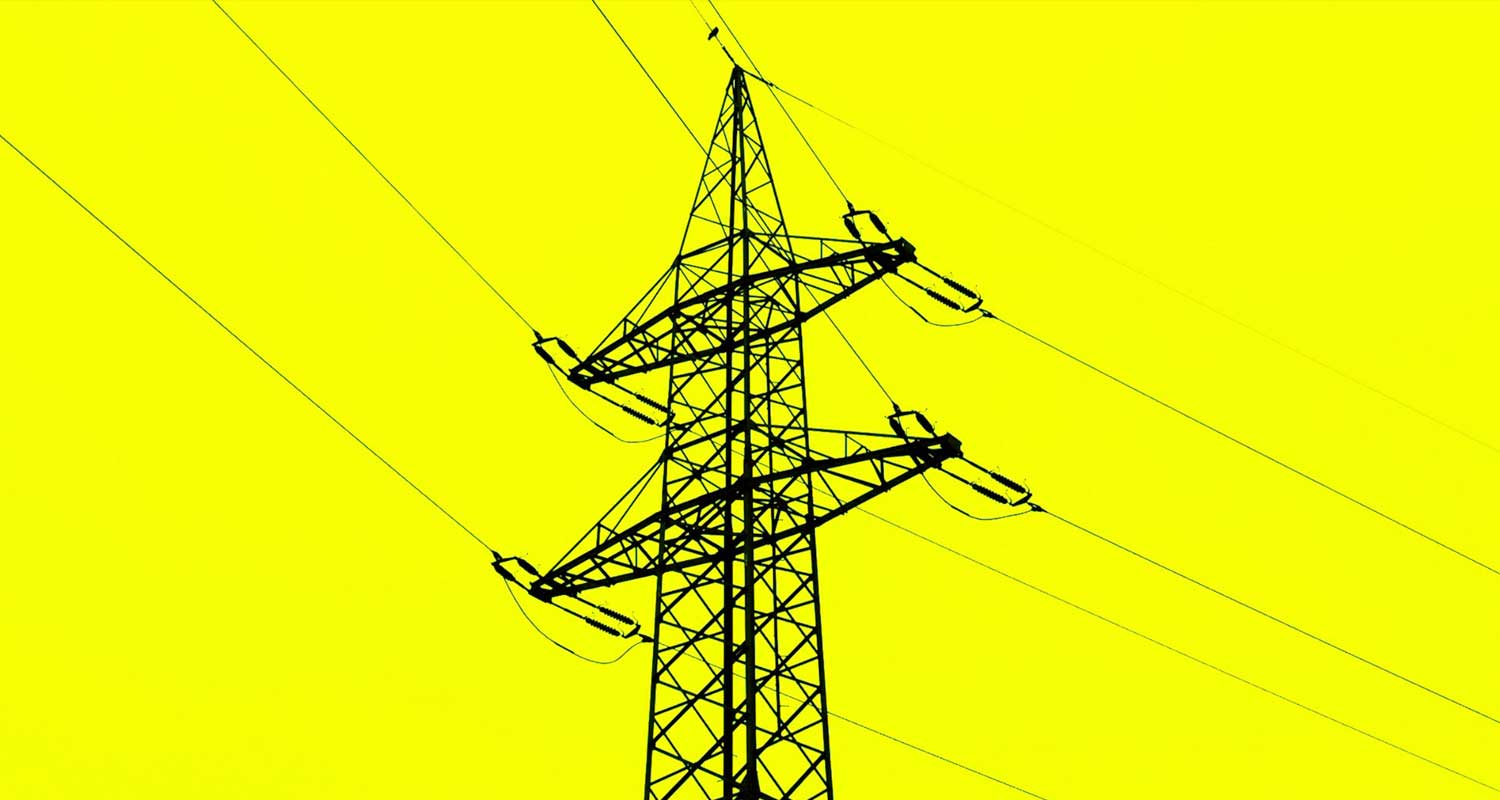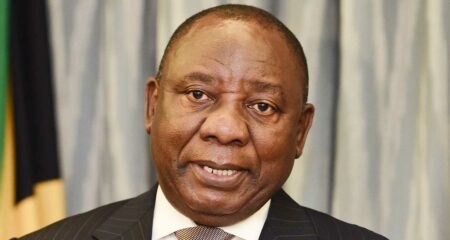
President Cyril Ramaphosa said on Monday that his government is determined to tackle both the energy crisis and climate change together.
“Our position is clear and principled: it is possible for us to prioritise our immediate energy needs without jeopardising our climate commitments, and we are determined to do so,” the president said in his weekly newsletter.
“In fact, we must accelerate the pace of investment in new renewable electricity generation as an important part of the plan to overcome load shedding.”
While the country is faced with both an electricity and climate crisis, Ramaphosa said government is intensifying efforts to address the electricity shortfall and it remains committed to reduce carbon emissions through a just transition.
How the country responds to the energy crisis will determine the future and the growth of the economy, he said.
In addition to ending load shedding, the energy action plan will act as a springboard to a just energy transition, boosting the roll-out of renewable energy sources, mobilising hundreds of billions of rand in investment and creating new jobs in sectors from electric vehicles to solar installation.
“We must be able to look back on this crisis as a crucial turning point for South Africa – as a moment where we not only worked together to overcome a national challenge, but laid the foundation for a better future,” he said.
Intensive work
The president highlighted that intensive work is under way to reduce load shedding by improving the performance of Eskom’s power stations. This includes returning units at the Kusile and Medupi power stations to service on schedule, which will together add more than 3.5GW back to the grid. It also includes improving the quality of coal supplied to power stations and ensuring that appropriate skills, adequate funding and effective planning are put in place for maintenance.
“We are making real progress in adding new generation capacity to the grid, buying power from neighbouring countries, and fast-tracking new wind, solar, battery storage and gas projects. We have previously said that we have a deficit of some 6GW, which we are working to close through all these efforts.
“We are seeing a massive surge of private investment in electricity generation as a result of reforms we have embarked upon. These reforms mean that private companies can invest in generation projects of any size and feed their power into the grid,” the president said.
He acknowledged that while these initiatives give the country confidence that it will end load shedding, they will take time to show results.
Ramaphosa added that one of the issues widely discussed in light of the current electricity shortfall is the pace at which older coal-fired power stations that are coming to the end of their lives will be decommissioned.
 South Africa has committed to reduce its carbon emissions by 2030 to within a target range which, at its upper level, is compatible with limiting global temperature increase to 1.5ºC.
South Africa has committed to reduce its carbon emissions by 2030 to within a target range which, at its upper level, is compatible with limiting global temperature increase to 1.5ºC.
“We remain committed to achieving this target. We need to do this to prevent the worst effects of climate change, including droughts, floods and other disasters. We also need to protect jobs in sectors of our economy that have to decarbonise to remain globally competitive. However, the manner in which these commitments are achieved must not compromise energy security or the immediate priority of reducing load shedding,” the president said.
In some cases, he said, it may be necessary to re-examine the timeframe and the process of decommissioning or mothballing of coal-fired power stations temporarily to address the electricity supply shortfall.
“The process of re-examining our timeframes is not a reversal of our position on the just energy transition. Other countries have had to do the same in recent years without deviating from their long-term shift to renewable energy sources,” he said.
He emphasised that any decision on decommissioning will be informed by a detailed technical assessment of the feasibility of continuing to operate older plants. He added that it will also be informed by the timeframe in which we can expect new capacity from other energy sources and the impact on our decarbonisation trajectory.




